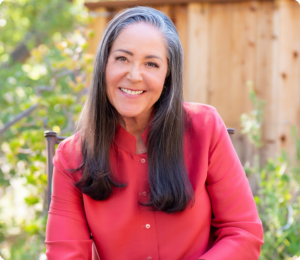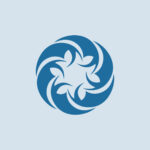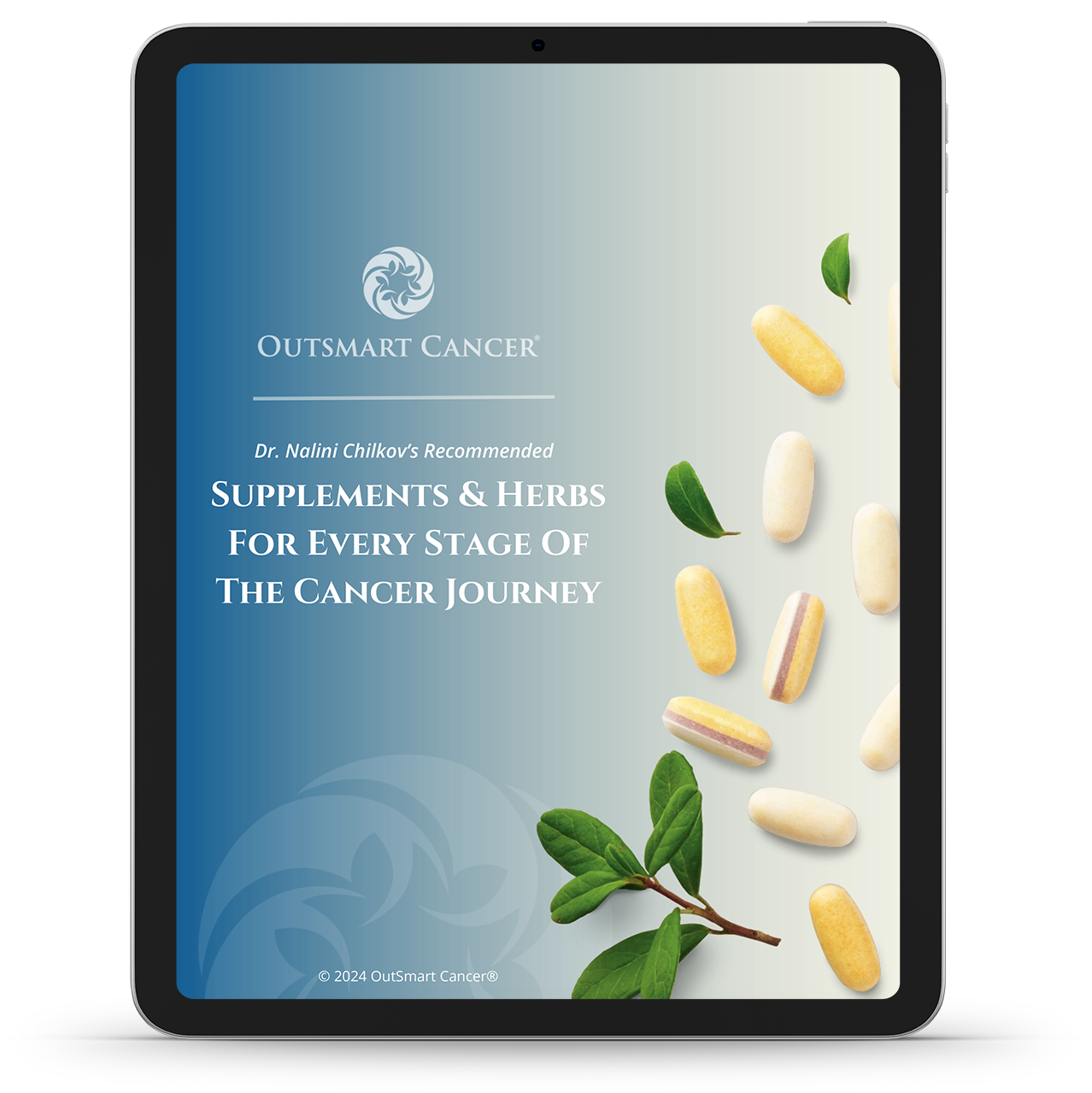
Author Credit: NICHOLAS D. KRISTOF
The battle over health care focuses on access to insurance, or tempests like the one that erupted over new mammogram guidelines.
But what about broader public health challenges? What if breast cancer in the United States has less to do with insurance or mammograms and more to do with contaminants in our water or air — or in certain plastic containers in our kitchens? What if the surge in asthma and childhood leukemia reflect, in part, the poisons we impose upon ourselves?
This last week I attended a fascinating symposium at Mount Sinai School of Medicine in New York, exploring whether certain common chemicals are linked to breast cancer and other ailments.
Dr. Philip Landrigan, the chairman of the department of preventive medicine at Mount Sinai, said that the risk that a 50-year-old white woman will develop breast cancer has soared to 12 percent today, from 1 percent in 1975. (Some of that is probably a result of better detection.) Younger people also seem to be developing breast cancer: This year a 10-year-old in California, Hannah, is fighting breast cancer and recording her struggle on a blog.
Likewise, asthma rates have tripled over the last 25 years, Dr. Landrigan said. Childhood leukemia is increasing by 1 percent per year. Obesity has surged. One factor may be lifestyle changes — like less physical exercise and more stress and fast food — but some chemicals may also play a role.
Take breast cancer. One puzzle has been that most women living in Asia have low rates of breast cancer, but ethnic Asian women born and raised in the United States don’t enjoy that benefit. At the symposium, Dr. Alisan Goldfarb, a surgeon specializing in breast cancer, pointed to a chart showing breast cancer rates by ethnicity.
“If an Asian woman moves to New York, her daughters will be in this column,” she said, pointing to “whites.” “It is something to do with the environment.”
What’s happening? One theory starts with the well-known fact that women with more lifetime menstrual cycles are at greater risk for breast cancer, because they’re exposed to more estrogen. For example, a woman who began menstruating before 12 has a 30 percent greater risk of breast cancer than one who began at 15 or later.
Click HERE to read the rest of this article on NYTIMES.COM



